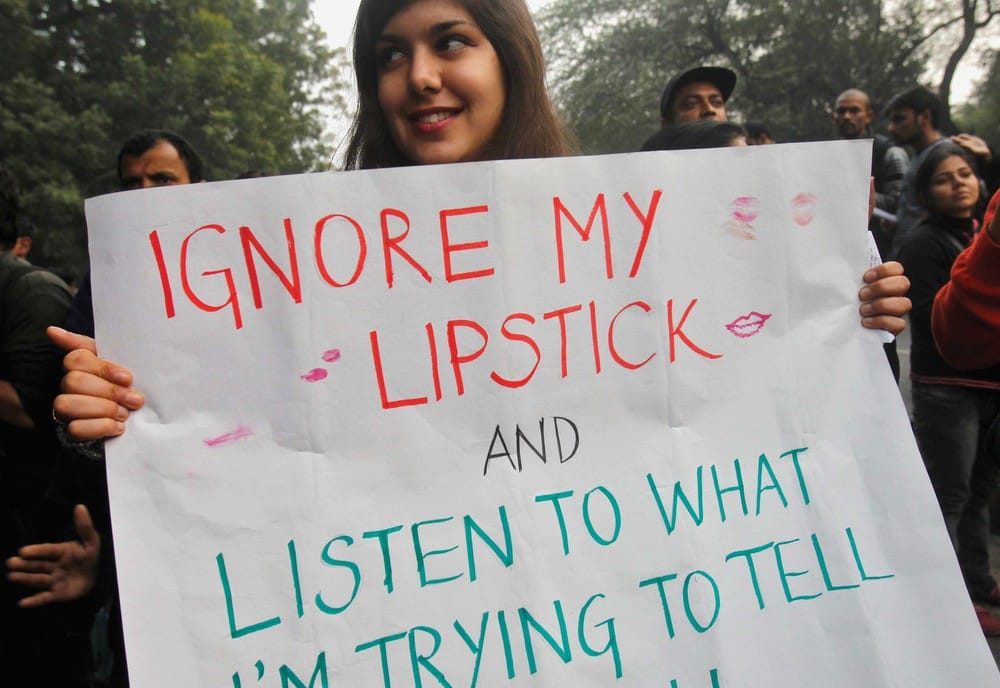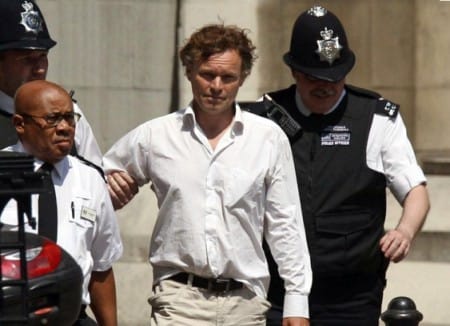Protest, Unrest and Social Upheaval in New Delhi
Tragedy sparks debate over attitudes to women

On the 16th of December last year while Bangladesh celebrated its 39th Victory Day and Japanese voters brought about a change in government, a 23-year-old physiotherapy student was brutally raped and assaulted in the Indian capital, New Delhi. Within a week as news of the vicious attack spread through the country, it sparked widespread protest and cast glaring light on what some call India’s ‘rape problem’.
While the woman and her boyfriend were waiting at a bus stop in order to return home after an evening show of Life of Pi a passing private mini-bus stopped and the couple boarded after being informed that it was headed to the same destination. After around 10 minutes the fellow passengers, all inebriated males, started eve-teasing and passing lewd comments at the girl. When her boy friend objected, a scuffle ensued with the men beating him up with iron rods. While two of them held on to the boy, the others took turns at raping the girl. They then assaulted the girl by inserting a metal rod into her body and causing irreparable damage to her intestines. Both of them were then dumped on a deserted road near the outskirts of the city.
By the 21st of December, the rape had caught the public imagination leading to a mass protest at India Gate and Raisana Hill, the location of the Union Parliament and the residence of the President. Relatively peaceful earlier on, events took a turn for the worse with the government employing tear gas, lathi charges and anti-terrorism laws to breakup the protests. Several metro stations and public transport services were also shut down for a few day. Subsequent clashes with the police lead to injuries on both sides with a policeman dying from cardiac arrest at the protest site.
Meanwhile the victim was being treated at a hospital in Delhi and remained in critical condition due to damage and infection in her intestines that had to be resected. On the 26th of December, the government, based on a cabinet meeting headed by the PM, moved the victim to Mt. Mary Hospital in Singapore for an intestinal transplant. This decision to move the patient while on life support was criticized heavily in the media leading to more protests, which had by now spread to other major cities in the country. On the 29th of December, the victim succumbed to her injuries and died of cerebral edema.
So far 6 men have been arrested in connection with the vehicle, including a 17 year old minor who is alleged to have been the most brutal of the accused, raping her twice and ripping her intestines out with his bare hands. After the death of the victim, murder charges were added to the other charges of rape, kidnapping, destruction of evidence and attempted murder. These charges mean that the accused stand eligible to receive the death penalty if found guilty.
Taking cognisance of the protestors’ demands for harsher rape laws and sterner action against sex offenders several state assemblies have tabled amendments in state laws and enforced measures such as the creation of a dedicated help-line for sexual abuse victims, and six “fast-track courts” to deal with crimes against women.
These protests come on the heels of other protests against the beleaguered central government, which has been the target of several protests over the last 18 months against corruption. The heavy-handed reaction of the government and the absence of any early sympathetic response to the protesters are likely causes for the rapid intensification of the protests. The outpouring of public anger in the cities is seen as a result of a rapidly growing middle class revolting against a misogynist and conservative culture. Fundamentalist political parties were quick to blame the rape on the westernization of Indian women and these reactions appear to have spurred the protests yet further.
It is now 63 years since India adopted a constitution promising democracy, justice and equality of religion, race, caste, sex and place of birth, and yet its justice system remains plagued with widespread corruption among the police and judicial officers. Police officers are often seen as oppressors of the general public and guardians of the ruling political class. Notorious for being un-safe for women, the capital New Delhi was recently branded the ‘rape capital’ of the country by its own Chief Minister. Crimes against women appear in the newspapers with frightening regularity and include rape, dowry related abuse, marital abuse and eve teasing. Police figures show a rape reported on average every 18 hours and reported rape cases rose by nearly 17 percent between 2007 and 2011.
It is in this environment that a fast-growing educated middle class, at war with a patriarchal and male chauvinist tradition, has seized the brutal gang-rape and murder of a young student to raise awareness and international attention to India’s ‘rape problem’. With statements from UN Secretary General Ban Ki Moon and the governments of France, the USA and others, the issue has certainly gained international notoriety; whether this results in any real legal and societal progress in the country remains to be seen.





